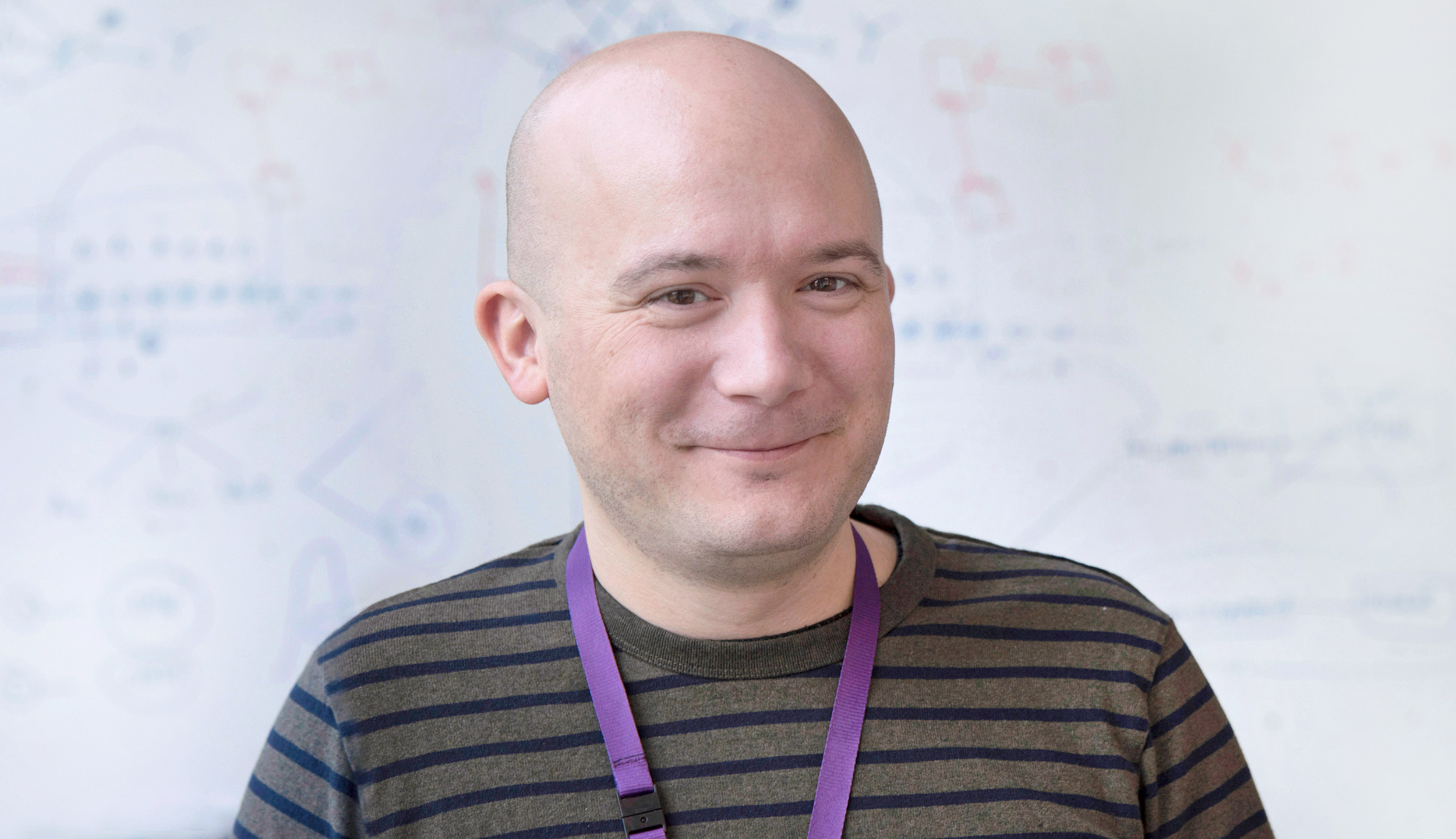Translational bioinformatics

Translational bioinformatics
Bioinformatics
Since the emergence of high tech, biomedical research has benefited from the so-called data revolution. Technological advancements have facilitated the acquisition and measurement of many biological characteristics and regulation levels in cellular environments and diseases. Its potential can only keep on growing. However, the data revolution also poses numerous challenges in the area of data analysis.
The Bioinformatics Unit faces two of these challenges:
- Multi-omic data integration. While every researcher is integrating data, the goal is to assess how to address, through integration tools, questions about basic and clinical research. To this end, the Unit is developing new tools whenever required. In addition, the team are studying the best ways to use and combine the tools available and, most importantly, they are developing guides. Some of these tools and frameworks can be found in the STATegra Bioconductor package.
- Translational medicine applications. The goal is to develop tools for relevant clinical questions such as patient heterogeneity. The Bioinformatics team use omic data and records to accurately identify patient subgroups that may have prognostic value. In addition, they try to understand disease evolution based on clinical and omic data.
Team
Publications
2021 | Frontiers in Genetics
2020 | Nature Communications
Actualidad
Projects
Supporting organisations
Contact
Bioinformatics
Navarrabiomed - Centro de investigación biomédica
Complejo Hospitalario de Navarra, edificio de investigación.
Calle Irunlarrea, 3. 31008 Pamplona, Navarra, España.















